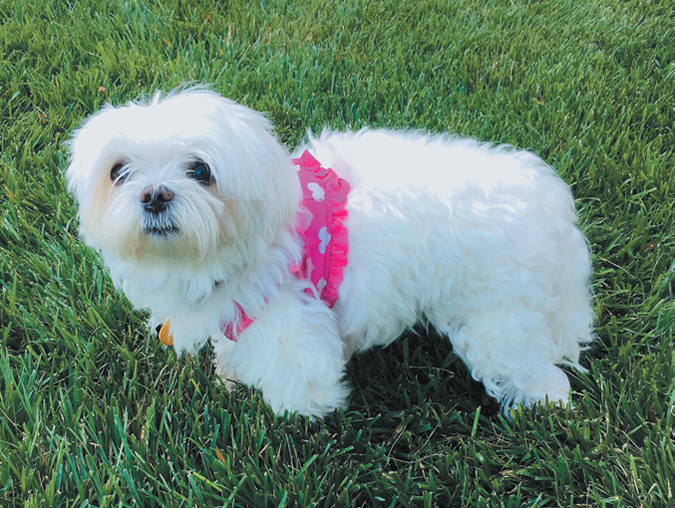Urinary incontinence is relatively common in female dogs. Sometimes it’s about a hereditary, deep skin fold in the vulva. The problem can be treated with a relatively simple surgery.
Another common cause of urinary incontinence is the loss of the hormone estrogen when a dog is spayed. The lower the estrogen level, the lower the tone of the sphincter muscle in the urethra, the “tube” that extends from the bladder to the outside of the body. That’s why accidents happen — or “dribbling” while a dog is resting.
The solution is usually either a drug called phenylpropanolamine or estrogen given as a drug that the dog takes by mouth. It “tightens” up sphincter control.
The reason male dogs develop urinary incontinence much less frequently than females is that they have longer urethras. That allows more pressure from tissue surrounding the urethra to keep in urine. If a male dog does develop urinary incontinence, he can take phenylpropanolamine, too — or testosterone rather than estrogen to tighten up sphincter tone in his own body.





